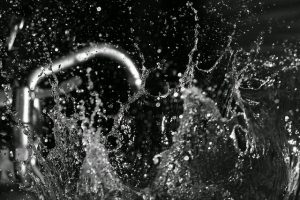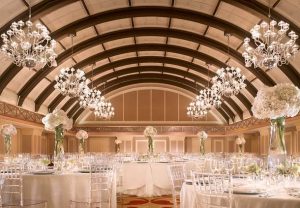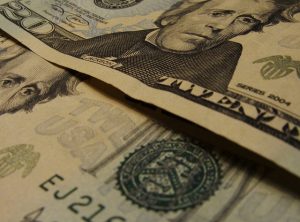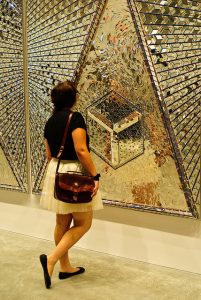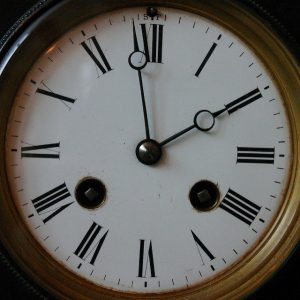What kind of paint can be used on glass?
If you’re thinking about a glass paint project, here are a few things to consider. Ordinary paint is a pretty amazing product. It has the power to transform a space almost instantly. As good as ordinary latex paint is, it won’t stick to all surfaces. Ordinary paints work on porous surfaces like plaster, drywall and wood. Glass isn’t a porous surface, so ordinary paints won’t stick to the glass. Ordinary paint will dry on a glass surface, but once the paint is dry, it’s vulnerable to contact damage, humidity and ultraviolet light degradation. That’s where glass paint can help!
Glass paint is designed to bond permanently to glass surfaces. Ordinary paint can’t bond to glass because glass isn’t porous. Dried paint is vulnerable to mechanical damage from being touched, moved or making contact with other objects. On the other hand, true glass paint modifies the glass surface to ensure that the paint never delaminates, chips or fades with normal use.
Glass paint works on any non-porous, or hard to coat surface in your home, including glass, Plexiglas, metal, ceramics, masonry and stone. Glass paint is ideal for use in kitchens and bathrooms. It also works well in commercial environments. Regardless of how careful you are, ordinary paint applied to glass will fail immediately, since there’s nothing for the paint to grab onto! Flaking paint in the kitchen or bathroom can be hazardous, and leaves a big mess behind.
Glass paint is a superior choice; it can be used on and around your countertops and walls to create unique reverse painted surfaces that will last for years. Glass paint is UV-resistant, which means it won’t fade, even in direct sunlight.
Reverse painted glass countertops and backsplashes offer an interesting and elegant look, but are inexpensive to make and install. Because the “working” surface of the glass remains unpainted, you can clean it easily, using ordinary household cleaners. The painted side of the glass remains protected and beautiful, even after years of service.
Glass paint bonds well to Plexiglas, too! In certain circumstances, you may want to laminate a surface, but a large sheet of glass may be too heavy or hard to work with. Plexiglas makes a beautiful, lightweight alternative to glass. It’s easy to cut and shape, and it offers many of the same durability benefits of glass.
Glass paint bonds with Plexiglas in the same way it bonds with glass. This allows you to create an easy-to-clean, modern look in kitchens, bathrooms, mudrooms and other areas where protecting walls or surfaces is important. You can also reface your kitchen cabinets with glass painted Plexiglas. Simply paint the Plexiglas panels using the color of your choice, and allow the panels to dry. Cut the panels to fit your cabinet faces, and attach them to your tired cabinet fronts with neutral-cure silicone adhesive. You’ll get a fast, easy refresh at a fraction of the cost of new cabinetry!
Certain areas of your kitchen require special consideration. Having a backsplash around the stove can really cut down on the amount of work it takes to keep the walls clean. However, the stove generates a lot of heat. Ordinary float glass won’t tolerate rapid heat expansion, so if you plan to install a reverse painted glass backsplash around your stove, you’ll want to use tempered glass.
Tempered glass is special heat-treated glass. The heat-treating process changes the tension between the glass surfaces and the glass inside the pane. The tension makes the glass very strong, and better able to resist changes in temperature. (Pyrex cookware is a good example of heat treated glass that you can use in the kitchen.) It also makes the glass better able to resist impact damage.
If you intend to use tempered glass in your kitchen, work directly with a glass shop to get a custom fit. Once glass is heat treated, it cannot be cut in any way. The glass must be sized before it’s heat treated. Once the pane is sized appropriately and heat-treated, you can apply glass paint to it.
Another benefit of using glass paint in the kitchen is that you’ll get better moisture protection. Cooking and dishwashing change the relative humidity level in the kitchen regularly and rapidly. Ordinary paint doesn’t tolerate humidity very well because the paint absorbs moisture. The moisture reconstitutes the paint, making it soft and sticky. In this state, paint is highly vulnerable to damage.
Glass paint resists humidity. Once glass paint is cured, the paint will not absorb moisture. That means it will not soften, bubble or peel because of changing humidity. It also dries opaquely, which means that the silicone adhesive or mastic you use to mount the glass will not show through the reverse side. You get a beautiful, even coating of color with no visible evidence of how the glass or Plexiglas is mounted to the wall.
If you’d like more information about glass paint, or you would like to place an order for glass paint, please visit our site at SITE URL.

